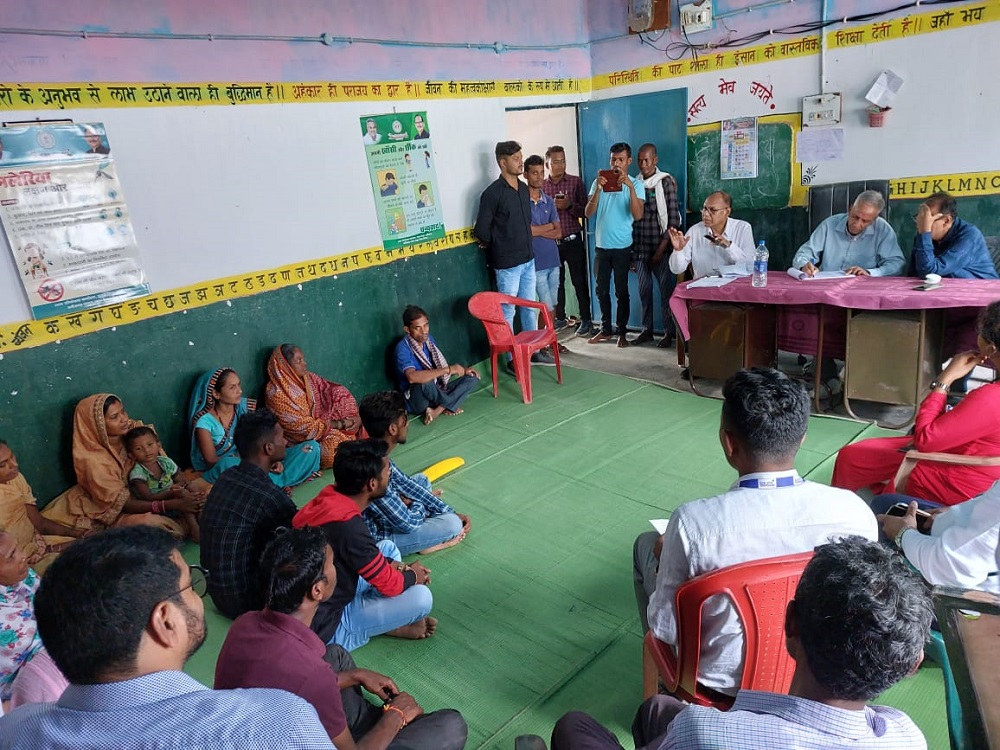Access to quality healthcare is a fundamental right for every child. However, underprivileged children often face barriers that limit their access to necessary healthcare services. In recent years, advancements in technology have paved the way for innovative solutions to bridge the healthcare gap.
This blog explores how leveraging technology can effectively address healthcare disparities and improve the well-being of underprivileged children.
1. Telemedicine and Virtual Consultations:
One of the significant challenges faced by underprivileged children is the lack of proximity to healthcare facilities. Telemedicine offers a solution by enabling virtual consultations with healthcare providers. Through video calls or mobile apps, underprivileged children can receive medical advice, diagnoses, and even prescriptions remotely.
Telemedicine reduces the need for travel, making healthcare more accessible and cost-effective. It has the potential to connect children in remote or underserved areas with specialized healthcare professionals, ensuring timely and quality care.
2. Mobile Health Apps and Remote Monitoring:
Mobile health applications are revolutionizing healthcare delivery by empowering underprivileged children to take control of their health. These apps provide access to educational resources, health trackers, and reminders for medication schedules or follow-up appointments.
Additionally, remote monitoring devices allow healthcare providers to monitor vital signs, such as blood pressure or blood glucose levels, from a distance. This technology enhances early detection of health issues, improves disease management, and empowers children and their families to actively participate in their healthcare journey.
3. Health Information Systems and Electronic Records:
Implementing robust health information systems and electronic medical records helps streamline healthcare delivery for underprivileged children. These systems enable healthcare providers to access medical histories, track immunization records, and facilitate data sharing between different healthcare facilities.
By reducing paperwork and ensuring accurate and easily accessible information, healthcare professionals can make informed decisions and provide efficient care. Electronic records also enable data analysis, contributing to public health initiatives and research to address specific health challenges faced by underprivileged children.
4. Health Education and Awareness through Digital Platforms:
Digital platforms offer an avenue for health education and awareness campaigns targeting underprivileged children. Websites, social media, and interactive educational tools can disseminate information on hygiene, disease prevention, nutrition, and healthy lifestyles.
Educational content can be tailored to address specific cultural and regional factors, ensuring relevance and engagement. By leveraging technology for health education, underprivileged children gain vital knowledge, empowering them to make informed decisions about their well-being.
Conclusion:
Technology has the potential to bridge the healthcare gap and improve the health outcomes of underprivileged children. By embracing telemedicine, mobile health apps, electronic records, and health education platforms, we can provide accessible, cost-effective, and quality healthcare services.
Leveraging technology not only improves individual health but also contributes to the overall well-being and future prospects of underprivileged children. If you want to support this cause do visit Fikrah and join us in empowering children.
Click here to know more about “Digital Divide Solutions in healthcare access”

